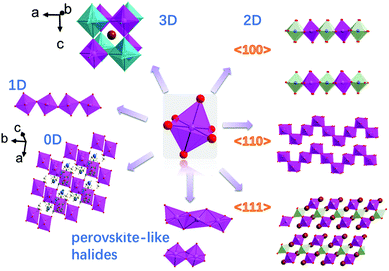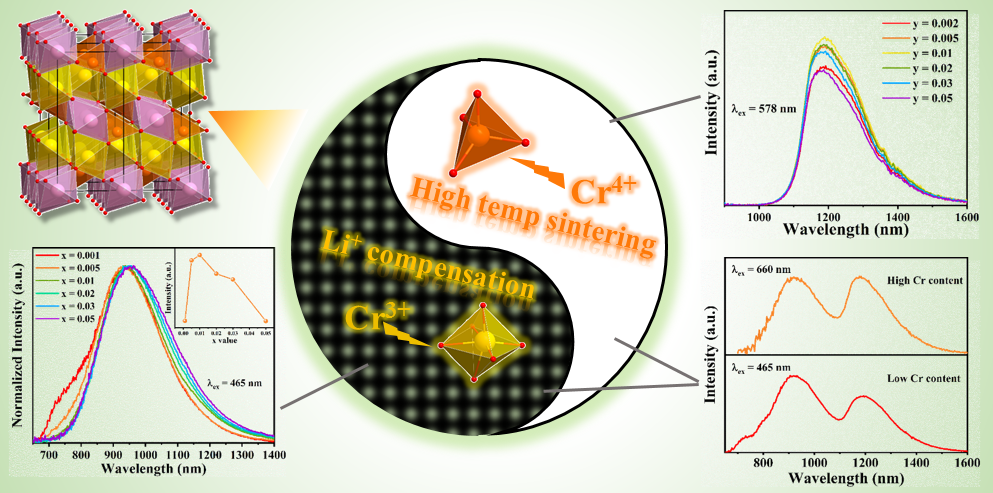https://pubs.rsc.org/en/content/articlehtml/2019/qi/c9qi00777f

Perovskites form an important and enormous class of inorganic compounds. Recently, perovskite materials have attracted extensive research interest owing to their excellent optoelectronic properties. Deep insights into the relationships between the crystal structure, electronic structure and properties play an important role in the development of new functional materials and high-performance devices. In this review, after a brief introduction, we first discuss the crystal structure and crystal chemistry of perovskites according to their three classes: standard perovskites, low-dimensional perovskites and perovskite-like halides. Next, the electronic structure and luminescence from different physical origins are presented. Then, we present a survey on the design, synthesis and luminescence properties of different perovskites, including halide perovskites, oxide perovskites, and lanthanide- or transition metal-doped perovskites, also including dimension-different perovskites (3D, 2D, 1D and quantum dots). We also summarize the strategies for improving the photoluminescence quantum yield (PLQY) and chemical stability, including by surface passivation, encapsulation and doping. Finally, we review their applications and give a brief outlook.




 \
\



